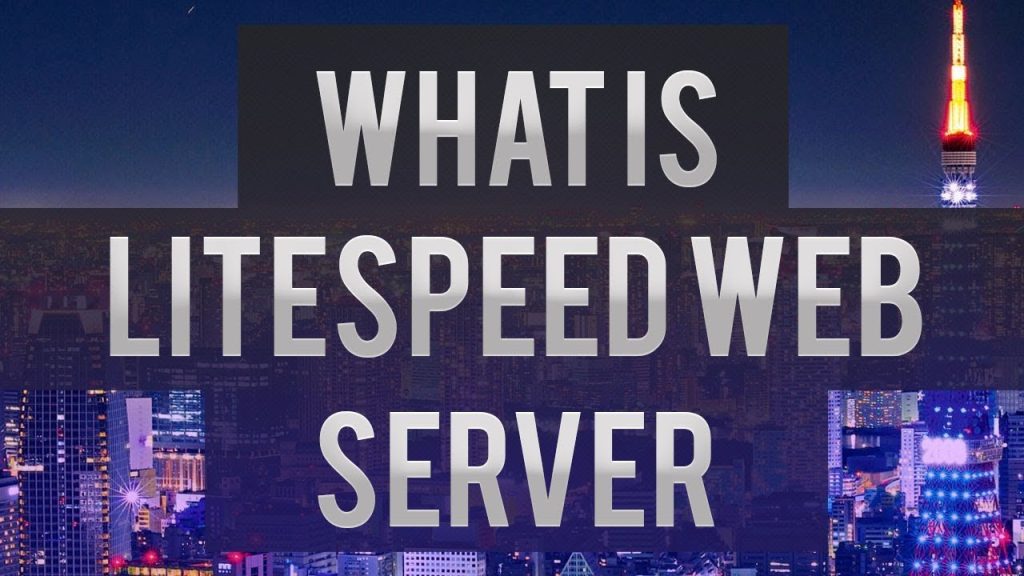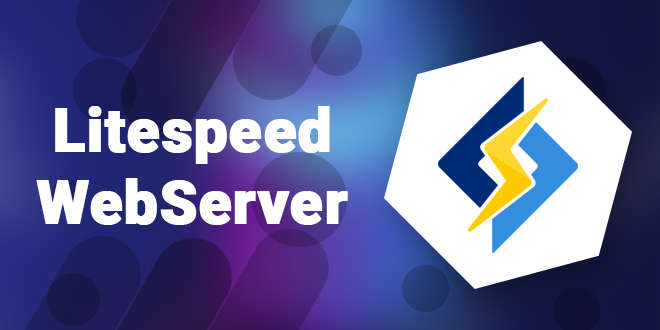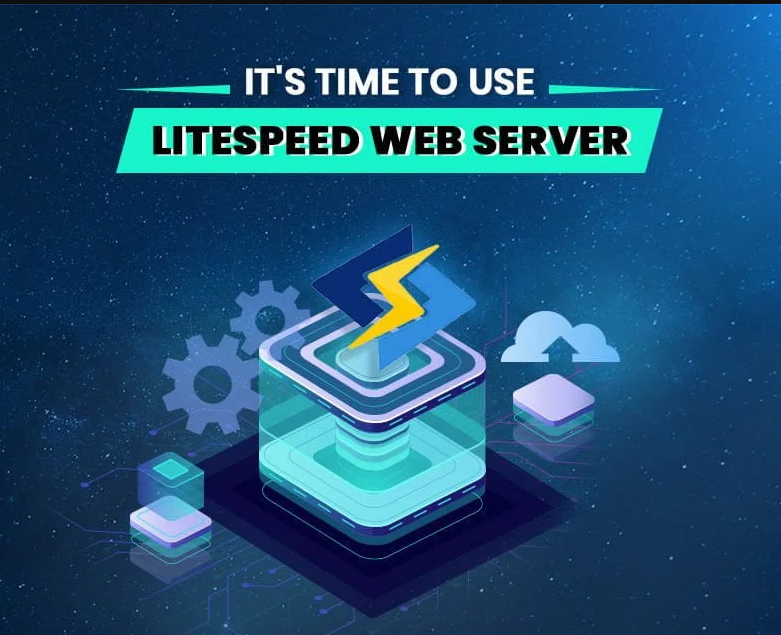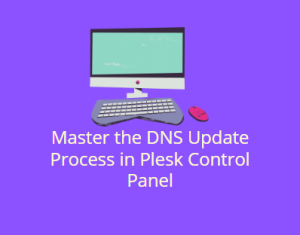
In the dynamic world of web servers, LiteSpeed Web Server has emerged as a powerful and efficient alternative to traditional options like Apache and Nginx. With its lightweight design and high-performance capabilities, LiteSpeed has gained popularity among web developers and server administrators. In this blog post, we will delve into what LiteSpeed is, its key features, and its various uses in modern web hosting environments.

Table of Contents
Understanding LiteSpeed Web Server
LiteSpeed Web Server is a high-performance web server known for its speed, efficiency, and versatility. Unlike traditional web servers like Apache or Nginx, LiteSpeed employs an event-driven architecture with asynchronous I/O, which allows it to handle large numbers of concurrent connections while using minimal system resources. This architecture enables LiteSpeed to deliver fast response times and low latency, making it ideal for websites and applications that require high-speed performance.

One of the key benefits of LiteSpeed is its scalability. It can efficiently handle a wide range of workloads, from small personal blogs to high-traffic e-commerce websites and content delivery networks (CDNs). LiteSpeed’s scalability is further enhanced by its advanced caching mechanisms, such as LiteSpeed Cache (LSCache), which can dramatically improve the performance of dynamic websites and web applications by caching frequently accessed content and reducing server load.
LiteSpeed Web Server also prioritizes security, with built-in features to protect against various cyber threats, including DDoS attacks, brute force attacks, and malware. Additionally, LiteSpeed is fully compatible with popular web technologies and applications, making it easy to integrate into existing hosting environments without requiring significant changes to infrastructure or code.
Key Features of LiteSpeed Web Server
LiteSpeed Web Server (LSWS) boasts a range of key features that distinguish it from other web server options and contribute to its popularity among developers, businesses, and hosting providers. Below are some of the standout features of LiteSpeed:

- High Performance: Perhaps the most notable feature of LiteSpeed is its exceptional performance. Its event-driven architecture and asynchronous I/O model enable it to handle a large number of concurrent connections with minimal resource usage. This results in faster response times and lower latency compared to traditional web servers like Apache or Nginx.
- Scalability: LiteSpeed is highly scalable, capable of efficiently serving websites and applications of all sizes, from small personal blogs to enterprise-level platforms. Its ability to handle high traffic loads without sacrificing performance makes it an ideal choice for websites experiencing rapid growth or fluctuating traffic patterns.
- LiteSpeed Cache (LSCache): LiteSpeed Cache is a powerful caching solution built into LiteSpeed Web Server. It offers advanced caching capabilities for both static and dynamic content, including full-page caching, object caching, and browser caching. LSCache significantly improves website performance by reducing server load and accelerating content delivery to end-users.
- Security Features: LiteSpeed incorporates a range of security features to protect websites and applications from various cyber threats. These include built-in DDoS protection, brute force attack mitigation, and real-time malware scanning. LiteSpeed’s focus on security helps ensure the integrity and safety of web assets hosted on its platform.
- Compatibility: Despite its innovative architecture, LiteSpeed remains fully compatible with existing web technologies and applications. It supports popular scripting languages like PHP, Python, and Ruby, as well as commonly used web development frameworks and content management systems (CMS) such as WordPress, Joomla, and Magento. This compatibility ensures a seamless transition for users migrating from other web servers to LiteSpeed.
- Easy Integration: LiteSpeed is designed for easy integration into existing hosting environments. It offers comprehensive documentation, intuitive management interfaces, and compatibility with industry-standard server management tools like cPanel and Plesk. This simplifies the deployment and management of LiteSpeed-powered servers for hosting providers and system administrators.
- HTTP/3 Support: LiteSpeed is one of the few web servers to support HTTP/3, the latest version of the Hypertext Transfer Protocol. HTTP/3, based on the QUIC protocol, offers improved performance and security compared to previous versions, making LiteSpeed an attractive choice for websites looking to adopt cutting-edge web technologies.
5 reasons to uses of LiteSpeed Web Server
LiteSpeed Web Server (LSWS) is widely used across various industries and applications due to its exceptional performance, scalability, and versatility. Below are some of the primary uses of LiteSpeed:

- Web Hosting: LiteSpeed Web Server is extensively used by web hosting providers to offer high-performance hosting solutions to their customers. Its ability to efficiently serve static and dynamic content makes it suitable for shared hosting, virtual private servers (VPS), and dedicated servers. Hosting providers leverage LiteSpeed to deliver fast and reliable hosting services to websites and applications of all sizes.
- Content Delivery Networks (CDNs): Many CDNs utilize LiteSpeed to accelerate the delivery of web content to end-users around the world. By caching content at edge locations and leveraging LiteSpeed’s efficient caching mechanisms, CDNs can reduce latency and improve the overall browsing experience for users. LiteSpeed’s scalability and caching capabilities make it an ideal choice for CDN operators looking to optimize content delivery performance.
- E-commerce Platforms: E-commerce websites require fast and reliable performance to handle high volumes of traffic and transactions. LiteSpeed’s speed and scalability make it well-suited for hosting e-commerce platforms like Shopify, WooCommerce, and Magento. Merchants can rely on LiteSpeed to provide a seamless shopping experience to their customers, even during peak traffic periods.
- High-Traffic Websites: Websites experiencing a surge in traffic, such as news portals, online forums, and social media platforms, can benefit from LiteSpeed’s ability to handle concurrent connections efficiently. Its advanced caching and optimization features help mitigate the impact of traffic spikes, ensuring smooth operation and fast response times under heavy loads.
- Application Hosting: LiteSpeed Web Server is commonly used to host web applications and APIs that require fast response times and low latency. Its support for various programming languages and frameworks, including PHP, Python, and Ruby, makes it a versatile platform for deploying a wide range of applications, from simple web apps to complex enterprise solutions.
Conclusion
LiteSpeed Web Server offers a compelling combination of speed, scalability, and security, making it a preferred choice for web hosting providers, CDN operators, e-commerce merchants, and application developers. With its innovative architecture and advanced features, LiteSpeed continues to redefine the standards for web server performance in the digital age. Whether you’re launching a new website, optimizing an existing one, or building a complex web application, LiteSpeed Web Server provides the performance and reliability you need to succeed in today’s competitive online landscape.





